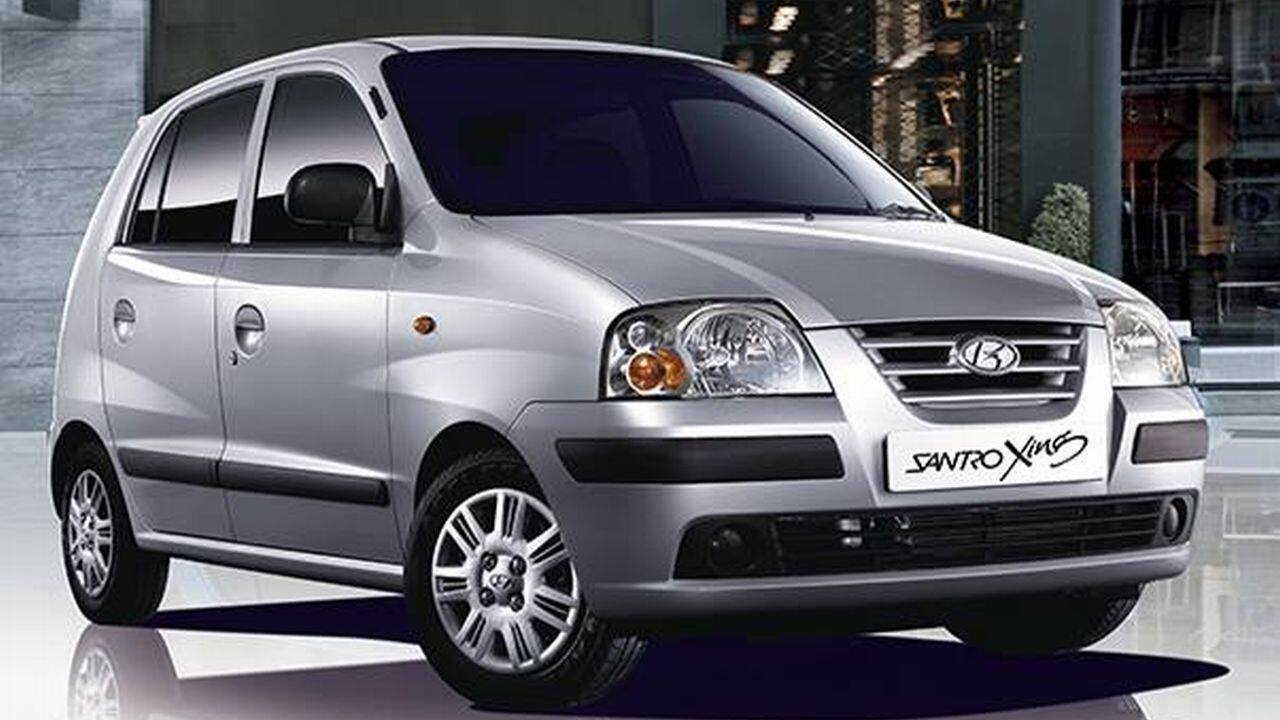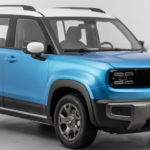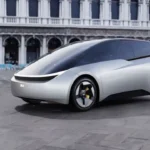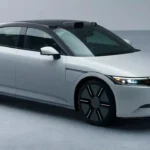Hyundai has announced a price hike for the 2025 models of its much-loved compact hatchback, the Santro. Known for its practicality, fuel efficiency, and urban-friendly design, the Santro has long been a popular choice among Indian families and first-time car buyers. However, with the latest round of pricing updates, buyers will need to adjust their expectations — both in terms of budget and features.
Reasons Behind the Price Increase
There are multiple reasons why Hyundai has revised the pricing of the Santro in 2025. One of the primary drivers is the consistent rise in input costs. The automotive industry has been grappling with increasing expenses related to raw materials, such as steel and plastics, as well as higher freight and manufacturing costs.
In addition, regulatory changes, particularly in emission norms and safety standards, have prompted manufacturers to incorporate new technologies and components, leading to increased production costs. Hyundai has responded to these changes by updating the Santro to align with the latest norms, which has contributed to the price revision.

New Price Brackets and Variants
The price hike affects all variants of the Santro, including the base model, mid-range trims, and the top-end versions. On average, the increase ranges between ₹15,000 and ₹30,000, depending on the variant and optional features. This adjustment positions the Santro slightly higher within the entry-level hatchback segment but still keeps it competitive when compared to other small cars in the market.
The revised pricing structure also comes with added features in select trims, which aim to justify the additional cost. This includes enhancements in infotainment systems, improved cabin materials, and upgraded safety features such as rear parking sensors and high-speed alerts, which are now more widely available across the lineup.
What’s New in the 2025 Hyundai Santro?
Hyundai has made a few subtle but important updates to the 2025 Santro. These include design tweaks to the front grille, improved headlamp styling, and fresh interior trims that give the cabin a more premium feel. While the engine options remain largely unchanged — continuing with the fuel-efficient 1.1-litre petrol engine — some variants now come equipped with features like touchscreen infotainment, Apple CarPlay and Android Auto, and enhanced Bluetooth connectivity.
Safety has also seen an upgrade, with more variants now featuring dual airbags, ABS with EBD, and seatbelt reminders as standard. These additions are in line with increasing consumer demand for safer, more reliable entry-level vehicles.
Impact on the Market and Buyers
For budget-conscious consumers, the price increase may prompt a reconsideration of trim levels or even competing models. However, Hyundai aims to balance this hike by offering better equipment and long-term value. The Santro remains one of the few hatchbacks that blend affordability, ease of driving, and dependable after-sales service.
To ease the burden of the price hike, dealerships are expected to introduce seasonal discounts, exchange bonuses, and flexible financing options. Buyers should stay alert for promotional offers that could help offset the increased upfront cost.
Santro’s Position in the Segment
The Hyundai Santro continues to face stiff competition from rivals in the small car segment. However, with its well-established reputation, wide service network, and consistent performance, it still holds strong appeal. The latest updates, combined with Hyundai’s reliability and value-for-money proposition, keep the Santro relevant in an increasingly competitive market.
Final Thoughts
While the price hike for the 2025 Hyundai Santro may cause some initial hesitation among potential buyers, the improved features, compliance with updated regulations, and continued focus on safety and comfort help justify the change. For many, the Santro remains a practical and sensible choice — particularly for city dwellers and small families seeking a compact, efficient, and trusted vehicle.
As the automotive landscape evolves, pricing adjustments like this are becoming the norm. Buyers are encouraged to explore available variants, test-drive the updated models, and compare overall ownership costs before making a final decision.







